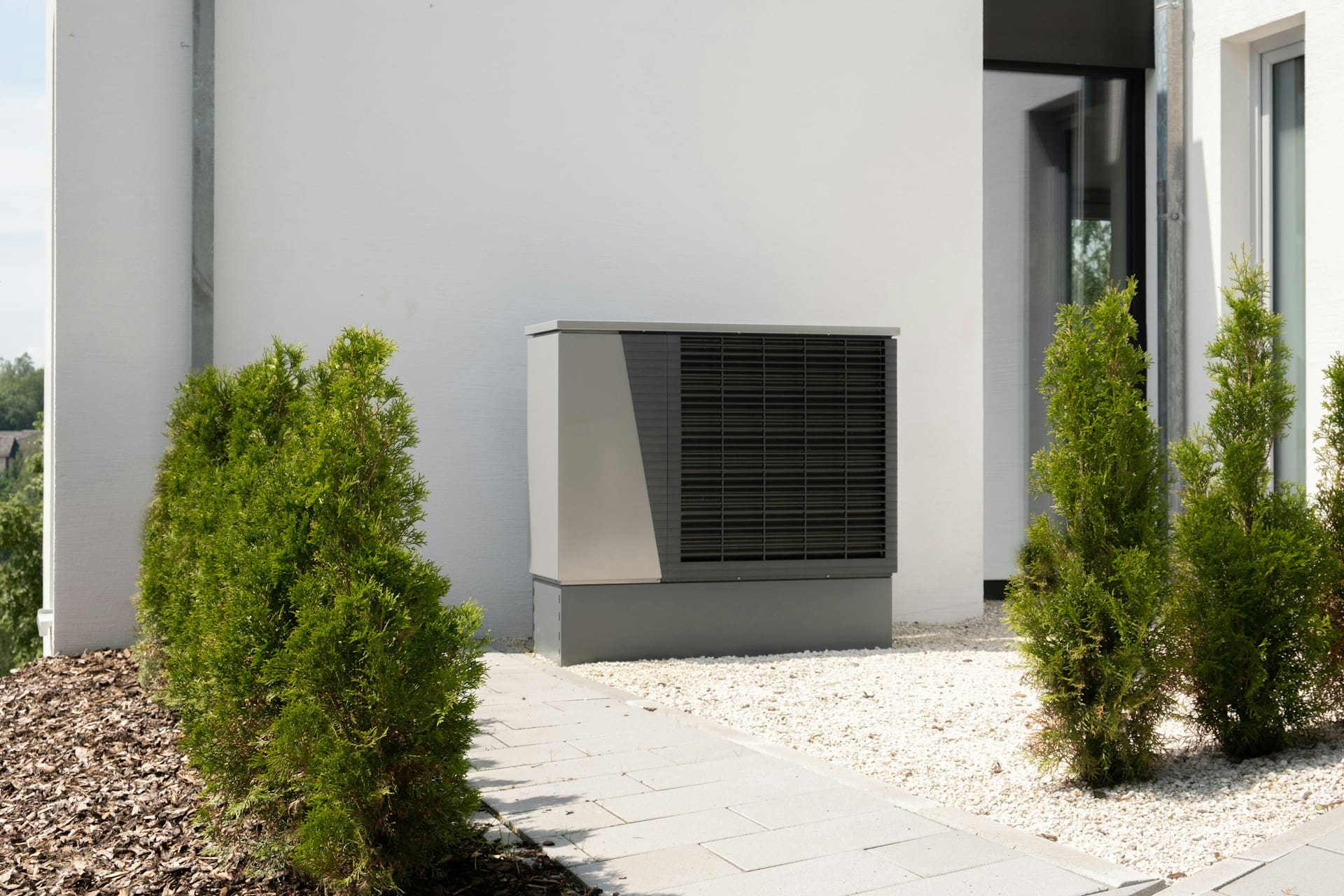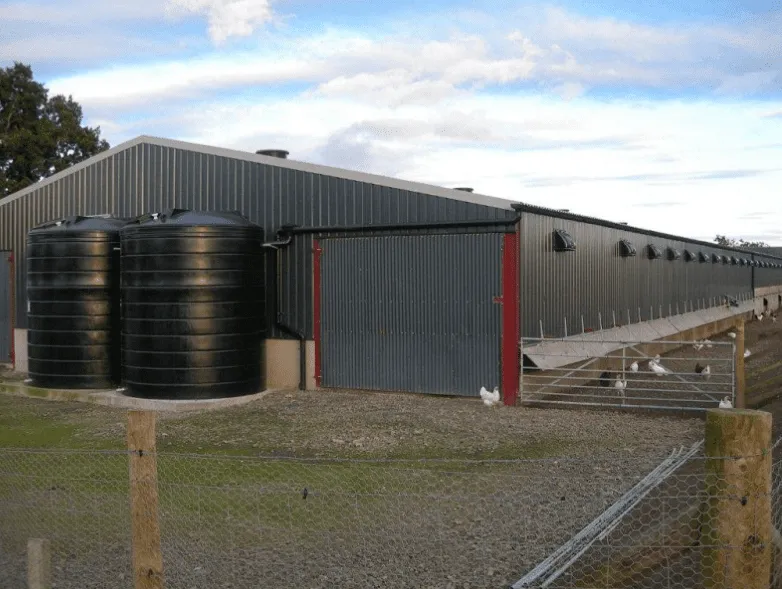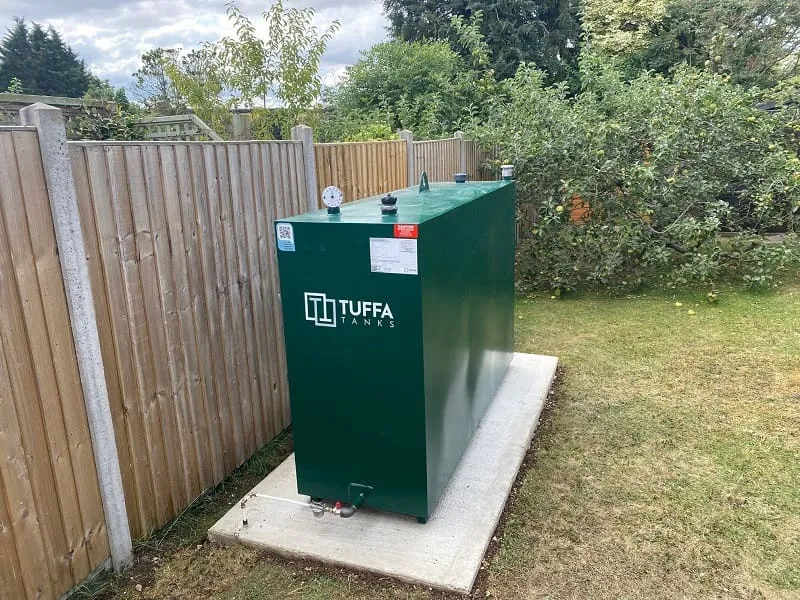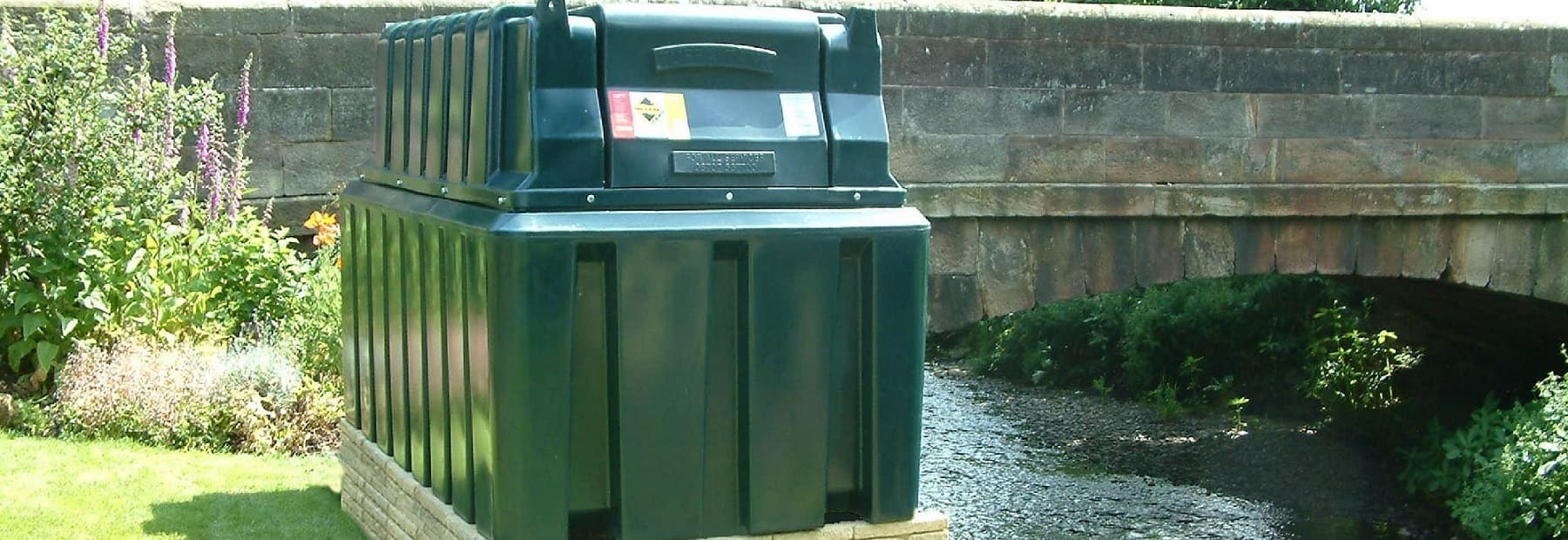The UK has around 133 days of rainfall each year. We all moan about the rain, but we could use it to save water and money. Rainwater Harvesting is becoming increasingly popular in new-build construction for housing, agriculture and industry.
Rainwater Harvesting is the collection and storage of rain that falls onto the roof of a property. If you are considering using rainwater harvesting to supplement your mains water supply. Here are our top tips.
In the gutter
A good place to start is the gutter. Make sure your gutters are clear and free from leaves or debris that might block the flow of rain from the roof to the downspout. Also flush out your downspouts with water to remove any blockages on the angles. You may need to fit additional pipework or a Rainwater Diverter to channel the water from the downspout to your tank. A Rainwater Divider can be supplied with a purpose-built Rainwater Harvesting Tank.
Under ground, over ground?
You will need to consider whether you want an above ground tank near to your property or below ground water storage. An above ground tank will be easier to use and access for inspection and maintenance. The below ground tank is more expensive to install, requiring excavation and additional pipework.
Tuffa than the rest
James Shenton, General Manager at Tuffa UK, advised considering a purpose-built product. “Our Rainwater Harvest Tanks are designed to store larger volumes of rainfall, and are supplied with filtration and pump options to give you a regular, pressurised water supply,” he said. “They are manufactured in the UK from recyclable polythene, are maintenance free, UV stabilised and corrosion resistant,” he added.

Get a bigger butt!
Another consideration would be the capacity of your tank. The average water butt will hold around 100 – 300 litres. This may not be large enough for your requirements. As well as the possibility of running short of rainwater in the drier summer months, there is every likelihood that the tank will overflow during wetter periods. In urban areas this may cause localised surface water that is not easily diverted to a drain or natural watercourse. This could lead to temporary flooding of pathways or gardens.
The range of Tuffa Rainwater Harvesting Tanks starts with a slim line 1350 litre tank for domestic use. We offer capacities in various shapes and sizes right up to 20,000 litres. The larger capacities are ideal for agriculture, recreational and leisure applications like parks, sports pitches or festivals and events. In addition, commercial buildings and construction sites can also supplement their mains water usage by harvesting rainwater. A nationwide delivery service is available direct from the factory.
Keeping it clean
The Tuffa Rainwater Harvesting Tanks also come with a leaf filter to help keep the water clean and odour free. This also prevents the nozzles and sprayers from becoming blocked. In addition, there is a sealed inspection hatch, bottom outlet valve and a 240v pump with Gardena/Hoselock type male fitting for easy connection to hosepipes and pressure washers.

Helping your garden grow
From the outset, it is advisable to consider how you want to use your harvested rain. With good filtration, rainwater is perfect for the garden: the lack of chemicals like chlorine give the rainwater a neutral ph balance that is better for irrigation and plants than mains water. A hosepipe can be one of the heaviest users of domestic water. According to Anglian Water, an average hosepipe uses between 550 – 1000 litres of water per hour. So whether you are watering the garden or washing the car, using water from a purpose-built Rainwater Harvesting Tank will lead to significant savings on your water bills.
Mains or rain?
On top of the obvious outdoor applications, rainwater can also supplement your mains water supply inside the house. Rainwater can be used to flush the toilet and in your washing machine. The Energy Saving Trust estimates that this accounts for over 30% of average household water use in the UK. As it falls, rainwater is relatively clean, although it can become contaminated once it lands on the Earth’s surface. There are options for filtering out any contaminates, and once this is done the water is safe to use for both cooking and drinking.
Another benefit of Rainwater Harvesting is that natural rainfall is soft water. If you live in a hard water area, not only will your plants and vegetables prefer rainwater, but your washing machine will have less limescale. You’ll also use less detergent and fabric conditioner if your washing machine is supplied with rainwater.
A Rainwater Harvesting Tank can easily be retro-fitted to your property, but if you want to supplement your mains water usage in this way, you will need a qualified plumber to install and fit the pipework into your property. You can find an authorised plumber local to you through The Association of Plumbing & Heating Contractors (APHC) at www.aphc.co.uk or at www.watersafe.org.uk .
Reap the rewards from Rainwater Harvesting
Water is a precious natural resource that we take for granted in the UK. Rainwater Harvesting offers an affordable and sustainable alternative supply to mains water. Tuffa General Manager, James Shenton again: “Rainwater Harvesting Tanks are relatively inexpensive and once installed will provide regular free water throughout the year for many years. Not only will you be helping to save water, you will be saving money by reducing your water bills.”
You can find out more about our range of Rainwater Harvesting tanks here.






























